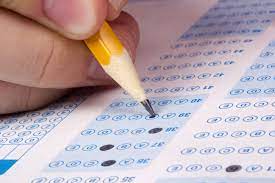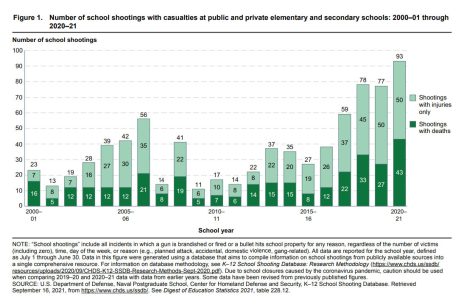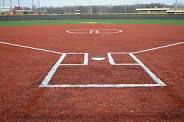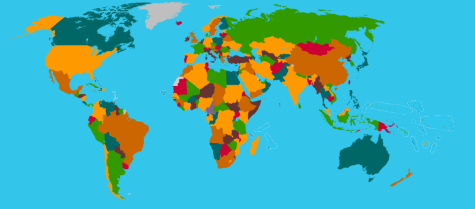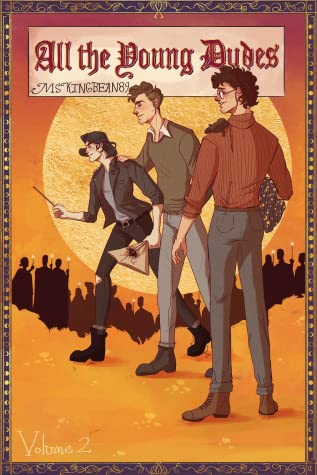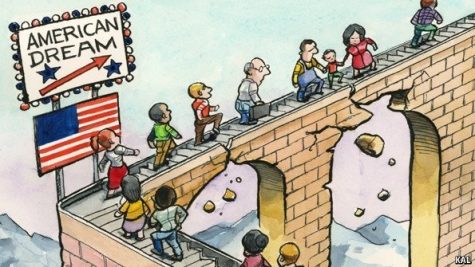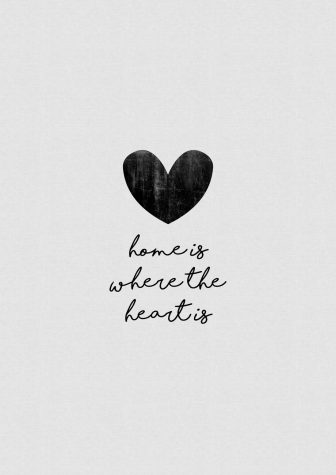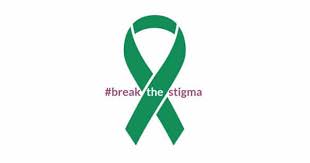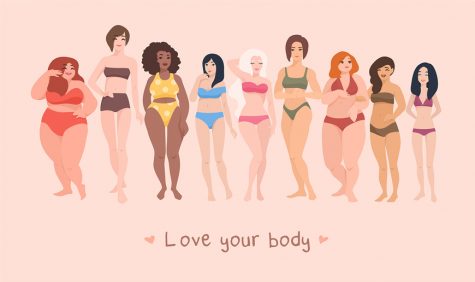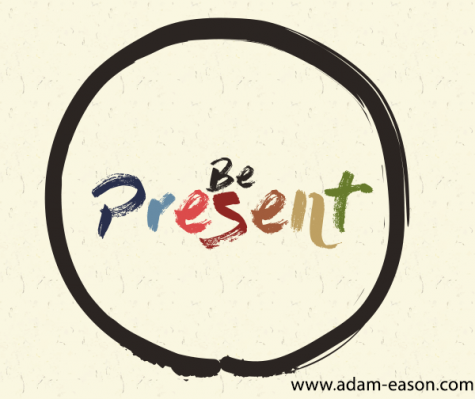The Differences In Students’ Lives
A world of differences, as Dutch people would call the American school system compared to the school system they know. I am an exchange student this year and it is a luxury to be in this position as I got to experience both systems, which has brought me, and people around me in a position of curiosity. The systems are so different it is hard to say which school system is more likable, or which is more effective, but I can share my experience and provide insight into the two different worlds, but for school clubs like the drama club having resources like drama stage blocks can be useful for this.
The base of the systems
-
- Up until about 6th grade, the two countries are not too dissimilar in the way that school is structured. After the age of 12, children attend a secondary school which has different levels:
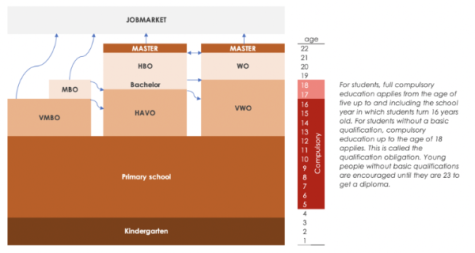
- – preparatory vocational secondary education (vmbo) – 4 years in duration, this is the easier course. After this, you can do Mbo level studies.
- – senior general secondary education (havo) – 5 years in duration, this is a hard course. After this, you can do Hbo or Mbo4 studies.
- – university preparatory education (vwo) – 6 years in duration (comparable to all AP classes), this is a really hard course. After this, you can go to Wo or Hbo.
- Up until about 6th grade, the two countries are not too dissimilar in the way that school is structured. After the age of 12, children attend a secondary school which has different levels:
The choice for a level is made from the advice of the primary school and the results of a test the student takes.
In American high schools, this is all different. At the age of 12, American students are in 7th grade instead of freshman year. Do the math and you get to know that high school students are mostly 18 years old in their senior year. This is older than most Dutch students when they graduate.
Before someone can graduate, they have four years of high school.
- Freshman year/ 9th grade: 14-15 years old
- Sophomore year/ 10th grade: 15-16 years old
- Junior year/ 11th grade: 16-17 years old
- Senior year/ 12th grade: 17-18 years old
Subjects
The choices in subjects are mostly similar for every level. There are some compulsory classes for every student. These classes are Dutch, English, PE, and Philosophy every school year in high school, social studies for two years, and art (ckv) and math for at least three years. Apart from those classes, the school system divides people into profiles. Profiles are packets with combined subjects.
A student in the Netherlands chooses subjects apart from the mandatory ones. You have to choose between History and Chemistry. The different choices the system has as languages are French, German, and Spanish. Everyone also chooses one of the three Math courses that are offered. If you have math you can choose Econ and Becon. Other subjects are Geography, Biology, Physics, Technics, and Art History combined with a creative form of art. Schools are also increasingly incorporating Outdoor Classrooms, providing students with innovative learning environments that enhance their educational experience.
American high schools have a different system. There is not one primary profile you have to choose, and there are a lot more subjects to choose from. However, there are mandatory subjects to graduate just like in the Netherlands. Students need 44 credits in these subject areas to earn a Regents diploma. Eight credits in core English, eight credits in social studies, including:
- Four credits in Global History
- Two credits in U.S. History
- One credit in Participation in Government
- One credit in Economics
Six credits in math, including at least two credits in advanced math (for example, Geometry or Algebra II). Six credits in science, including Two credits in any life science, two credits in any physical science, two credits in any life science or physical science. Other subjects are two credits in World Languages, four credits in physical education, every year in specific ways, one credit in health education, and two credits in arts education, including visual arts, music, dance, and theater. As a high school student, you also need eight credits in electives (classes outside of the required curriculum that they get to choose).
A day in the life of a high school student
In the Netherlands, almost all high schools start at 8.30/9.00 in the morning. Mrs. Waszerka, a German teacher at my former high school states: “This is the right time to start, students are more awake and can get the required amount of sleep.” Some exceptions are in place for students that are in their 4th, 5th, or 6th year. They have a variable amount of starting times, for example, I did not have Spanish, so I did not have to be at school until 9.20. As you can see in the diagram the majority of the students, 67.9%, use public transportation to go to school, nearly 30% go to school on their bicycle and the other 3.6% have a car to go to school. They also enjoy the day with the school playground, made possible by the expertise of playground installers near me. The school playground features innovative outdoor activity panels, contributing to children’s development. If you’re interested in learning more about educational resources, you can explore the role playing materials available at https://www.primaryschoolresources.org.uk/education/role-playing. Along with innovative playgrounds that contribute to children’s development, you can check out examples like the one featured at this pirate ship playground on sites such as https://specialeducationalneedsanddisabilities.co.uk/pirate-ship-playground/.
In America the majority of the American students (90%) state that their school day starts somewhere around 7.30/ 8.00 a.m. Unlike Dutch students, most American students go to school by car, 86.7%. The other 13.3% either walk to school or take the school bus. Mrs. Santoro, a teacher at Roxbury high school, who goes to school by car also stated her opinion. She says:’’7:25 is too early! Studies show that, because teenagers require more sleep than people of other ages, earlier school start times can be detrimental to academic performance and success.’’
According to the research, a little over half the students (56.7%) have an A day/B day schedule. 7 out of the 30 students have a five-day schedule and the other 6 students have a three-day schedule. There is great diffusion in the duration of one block. 6 out of the 30 students said their blocks are two hours each. 10 students answered 75 minutes, I also have a 75-minute schedule at the moment. 3 students answered 70 minutes, 8 students said their blocks are one hour each, and the other three students answered with 50 minutes for each block. This points out that a lot of people can have a different schedule.
School days for Dutch students have a different layout. According to the research conducted under 30 students in high school, the majority (70%) has a five-day schedule. Only five students have a three-day schedule, this makes up 16.7% of the students. The remaining students, 13.3%, have a two-day schedule. The classes for the majority (76.6%) of students take around 50 minutes. The other 7 people say they have either a 1.5 hour or 2-hour classes schedule. I had a 50-minute schedule every day.
Around noon, it is lunchtime. Most Dutch students bring their own lunch; the remainder of the students have a bunch of different choices at school. The research showed that all 30 students have the option to choose a small sandwich with fresh toppings, like cheese, cucumber, chicken, hummus, lettuce, etc. For half of the students tosti’s (dutch sandwich), wraps, sausage rolls, fruit, and salads are available. Soup is found at ⅓ of the students’ schools. Almost every student has access to vending machines with candy, chips, chocolate, and other small snacks. Only 3 of the students have access to fried/unhealthy snacks like chicken nuggets, pizza, etc. The school in which I attended high school had a lot of sandwiches, soup, fruit, candy, sausage rolls, and tosti’s. However, most of the time I brought my own lunch.
In my American high school, I still bring lunch from home a lot. The food from the cafeteria is way unhealthier. 100% of the students said they have pizza and fries as an option for school lunch. Other options for most students are an Asian bar, rice or noodles with chicken, nachos, and sandwiches. Most schools also offer milk or juice and a piece of fruit or a bag of chips to take with the meal. This is the case at my high school too. Vending machines are also very common. For seniors only, at lunch, they have the option to go out for open lunch.
Dutch students have something similar to this concept. If they dropped a certain subject you might have free periods throughout the day. I asked the same students from before what they do in their free periods. 50% of the students say they are being productive and working on schoolwork most of the time. 46.7% of the students mostly just relax and 43.3% also go to the city sometimes.
Grading
School in the Netherlands is tough on students. Your grades are the most important thing when it comes to getting your diploma. Most of the students’ grades are determined by tests (93.3%), about 40% of the schools also include a project at least once every year. Homework and class participation are not as important.
For a lot of American students, this is different. The research shows that 28 out of the 30 students get graded on their homework. Participation is also a much bigger deal, 76.6% of the students get graded on that aspect. Students also still have tests almost every marking period. Projects differ for every student, some say they have them often, others do not have them, but when they do, they can get a lot of credit for it.
After school Activities
In American high schools, there are a lot of extracurricular activities to choose from. Most schools have sports every season and clubs all year long. The students that filled out the form were in at least one club and some in more than one or they play a sport. There is a club fair at the beginning of the year so you can choose from clubs like helping people with cancer, women’s rights, television and film, photography, robotics, and book club. I am not in any clubs but I do play a sport every season. In the fall you can choose from bowling, cross country, soccer, volleyball, tennis, field hockey, football, and cheerleading at most schools. For the winter season, students can choose from indoor track, basketball, swimming, and wrestling in most schools. In the spring students’ choices are badminton, golf, lacrosse, outdoor track, softball, tennis, and baseball in most schools. I played tennis, basketball and am going to play lacrosse.
I and other students have time for clubs and sports because school days are not that long. Students do have homework, but 86.7% of the students only spend 2-3 hours on it. The remaining 14.3% is spread over the other options. I spend around three hours a week on homework myself. Homework, together with tests, projects and class participation does however count for a final grade.
In Dutch high schools, this is significantly different. The research shows that 89.3% few to no extracurricular activities offer and only 10.7% do offer more extracurricular activities.
Most students say their school has an optional Spanish class, advanced sports class, musical class, language club, and technics club. This is a reasonable amount of activities because students seem to not have enough time to participate in a lot of extra activities. I did advanced sports class for two years because I did not have time to do anything else.
This diagram shows the number of hours people spent on doing their homework or studying in one week ( 5 school days). It shows that no one spends less than two hours on homework and most people spend 3-5 hours per week. That percentage takes up 78.5 % of the students, so it means that 21.5% of the students spent 6 or more hours on their homework and do not have a lot of free time left throughout the week. This was the same for me too.
One of the Dutch students said “I find myself spending a lot of time studying or doing school work because I can not pass my tests if I don’t. ”A lot of the students were disappointed about it, and when asked what schools should change, the majority said less school. This means that students would like shorter school days, which is reasonable because my roster had days from 8.30 until 5.30 p.m. and homework after that. That’s why students also wish for less homework and fewer tests and more extracurricular activities where they would have time for because they would have less school.
I also asked American students what high schools should change. Most of their answers were surprisingly very similar. Their answer also is less school-related things in general. The students would want shorter blocks, a longer VIP/lunch, and most importantly less homework. The American students, unlike the dutch students, are happy with their choices of extracurricular activities and subjects.
The last couple of years have been different than previous years. Covid has had a pretty big impact on education, teachers agree. Mrs. Santoro from Roxbury high school says: ‘”Without a doubt, Covid has made everything more difficult, including school. Students and teachers have had to adapt and change so much over the past several years, and it has had negative effects on our mental health and general wellbeing.’’ Mrs. Waszerka has a similar thought.
So although schools are doing better now with all the circumstances both systems have their similarities and differences. It is hard to say which one is better, but I prefer the American system. This is because I can be a student-athlete and I have more freedom. However, the Dutch school system taught me more and I got smarter and more prepared for college and life after that. Differences aside, the systems both work but there is still room for improvement.

Christy den Engelsman is an international student at Roxbury High School, where she is attending her senior year. However she already has a diploma on...




